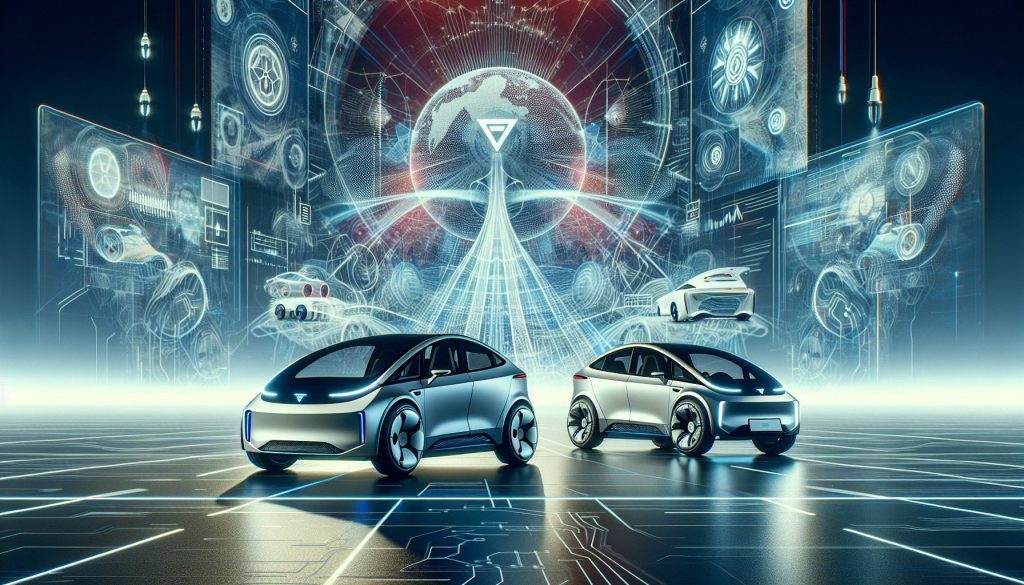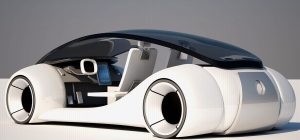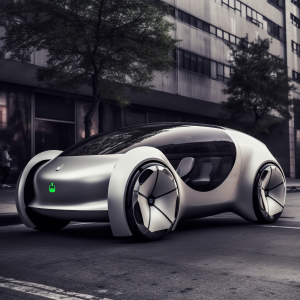- 22 December 2023
- 477
Electric Vehicle Adoption: Navigating Challenges and Unveiling the Promise of a Greener Future

Introduction
Electric vehicles (EVs) have emerged as a transformative force in the automotive industry, promising a cleaner, more sustainable future for transportation. The widespread adoption of EVs carries profound implications, encompassing technological advancements, infrastructure demands, consumer behavior shifts, and considerable environmental benefits. As we delve into these aspects, it becomes apparent that while the momentum toward electric mobility is robust, it faces multifaceted challenges.
Technological Advancements
The rapid evolution of EV technology has been pivotal in driving adoption. Advancements in battery technology, particularly the development of lithium-ion batteries, have significantly extended EV ranges while reducing charging times. Moreover, ongoing research into solid-state batteries promises even greater energy density and safety. The integration of smart software and connectivity has revolutionized the EV landscape. AI-driven systems optimize battery usage, enhance driving range, and enable predictive maintenance, elevating the overall efficiency and user experience.
Infrastructure Requirements
Efficient charging infrastructure stands as a linchpin for EV proliferation. The expansion of charging networks—ranging from residential charging stations to high-speed public charging stations—is vital for overcoming ‘range anxiety’ and encouraging widespread adoption. Governments and private entities must collaborate to establish an extensive and accessible charging infrastructure to accommodate EVs’ growing numbers. Furthermore, innovations like wireless charging and ultra-fast chargers are poised to revolutionize the charging experience, making it more convenient and accessible for consumers.

Consumer Acceptance
Consumer perceptions and behavior play a pivotal role in the mass adoption of EVs. Factors such as vehicle cost, driving range, charging infrastructure, and the perceived convenience of owning an EV influence consumers’ decisions. Government incentives, tax breaks, and subsidies have been instrumental in bridging the affordability gap, but continued efforts are needed to make EVs more accessible to a broader demographic. Manufacturers must focus on enhancing the appeal of EVs by offering diverse models with competitive pricing and improved features.
Environmental Benefits
The transition to EVs carries substantial environmental benefits, chiefly the reduction of greenhouse gas emissions. EVs produce zero tailpipe emissions, mitigating air pollution and contributing to combating climate change. However, the environmental benefits are contingent on the source of electricity generation. The shift to renewable energy sources is crucial to maximize EVs’ positive impact on the environment.
Challenges
Despite the promising trajectory, challenges persist in the path to widespread EV adoption. Battery production poses environmental concerns due to the extraction of rare earth minerals and the recycling of lithium-ion batteries. Developing sustainable and ethical supply chains for battery materials remains a critical challenge. Moreover, the intermittency of renewable energy sources raises concerns about the reliability of EVs’ environmental benefits. Addressing the variability in energy generation and ensuring grid stability are imperative for a sustainable EV ecosystem.

Conclusion
The landscape of the automotive industry is undergoing a monumental shift with the rise of electric vehicles. Technological innovations continue to bolster EV capabilities, promising a cleaner and more efficient mode of transportation. However, realizing the full potential of EVs necessitates concerted efforts in infrastructure development, consumer education, and sustainable practices across the EV lifecycle. Governments, industry players, and consumers must collaborate to surmount the challenges hindering widespread adoption. A collective commitment to investing in sustainable technologies, fostering charging infrastructure, and promoting renewable energy integration will drive a future where electric vehicles play a central role in fostering a greener and more sustainable world.

